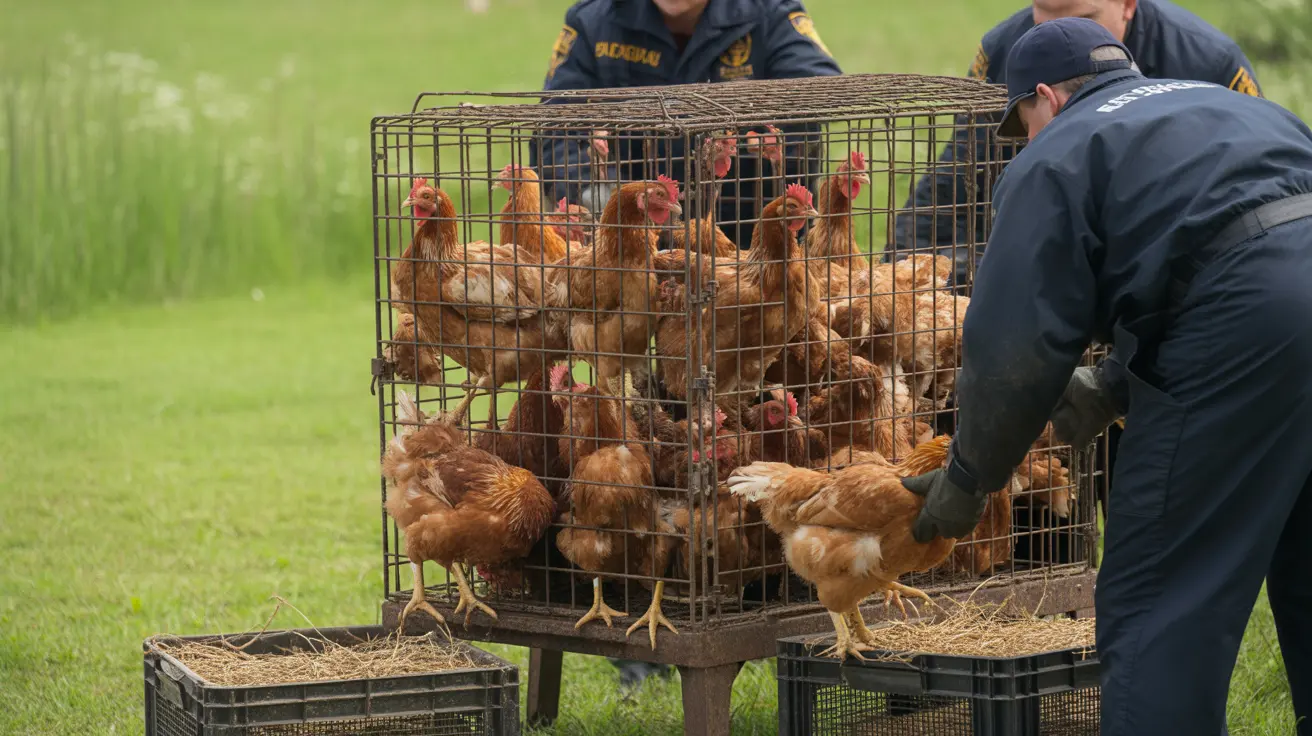Key Differences Between Dogs and Cats
When you think of pets, dogs and cats usually top the list. While both animals make wonderful companions, their personalities, habits, and needs can be quite distinct. If you're considering bringing one (or both) into your home, understanding these differences can help you make the right choice for your lifestyle.
Social Behavior
Dogs are naturally pack animals. They thrive on social interaction with humans and other animals. Most dogs enjoy being part of family activities—going for walks, playing fetch, or simply lounging nearby. Their loyalty is legendary; many will follow their owners from room to room just to stay close.
Cats, on the other hand, tend to be more solitary by nature. While some cats love attention and affection, others prefer independence. They might seek out a quiet spot to nap or observe the household from afar. That said, many cats form strong bonds with their owners—they just show it in subtler ways.
Communication Styles
- Dogs: Communicate through barking, whining, tail wagging, and body language. They're often eager to let you know what they want or how they feel.
- Cats: Use meowing (mainly with humans), purring, hissing, and subtle body cues like ear position or tail movement. Their signals can be easy to miss if you're not paying attention.
Trainability and Intelligence
Dogs generally respond well to training—especially when positive reinforcement is involved. Many breeds were developed for specific jobs (herding, hunting, guarding), so they're eager to learn commands or tricks.
Cats are intelligent too but often less motivated by praise or treats. Some cats can learn tricks or use puzzle toys but tend to do things on their own terms rather than following instructions for approval.
Exercise Needs
- Dogs: Most need daily walks and playtime. Some high-energy breeds require vigorous exercise to stay healthy and happy.
- Cats: Usually get enough activity indoors through play (chasing toys or climbing cat trees). Outdoor access should be supervised due to safety concerns.
Lifestyle Compatibility
If you're active and want a companion for outdoor adventures or regular exercise routines, a dog might fit best. If you prefer a quieter pet that doesn't need as much hands-on attention but still offers affection on its own schedule, a cat could be ideal.
Caretaking Requirements
- Feeding: Both need balanced diets but have different nutritional requirements.
- Litter/Toilet Training: Cats instinctively use litter boxes; dogs require house training.
- Grooming: Long-haired breeds of both species may need regular brushing; dogs may need baths more frequently than most cats.
- Healthcare: Both require vaccinations and regular vet checkups but may face different health risks depending on breed/species.
Loyalty vs Independence
The classic stereotype holds true: dogs crave companionship almost constantly while cats value independence (though many enjoy cuddles when it suits them). This difference shapes how they interact with people day-to-day—dogs might greet you at the door with enthusiasm; cats might wait until you're settled before approaching for attention (if at all).
Lifespan Considerations
Cats typically live longer than most dogs—often reaching 15 years or more with proper care—while average dog lifespans vary widely by breed (smaller breeds tend to live longer).
The Bottom Line
Your choice between a dog or cat depends on your personality, daily routine, living space, and what kind of relationship you want with your pet. Both animals bring joy in unique ways; understanding their differences helps ensure a happy match for everyone involved.





